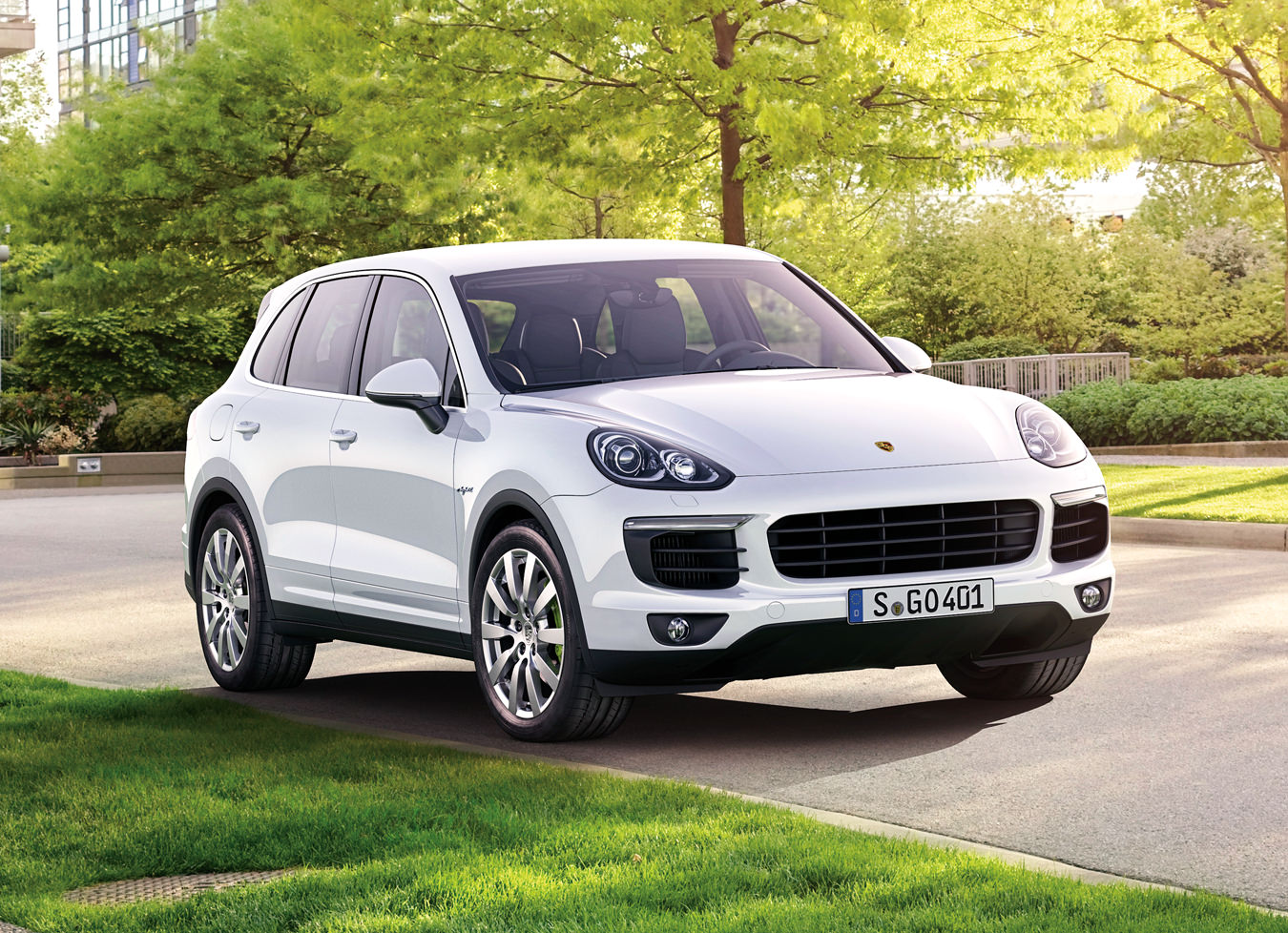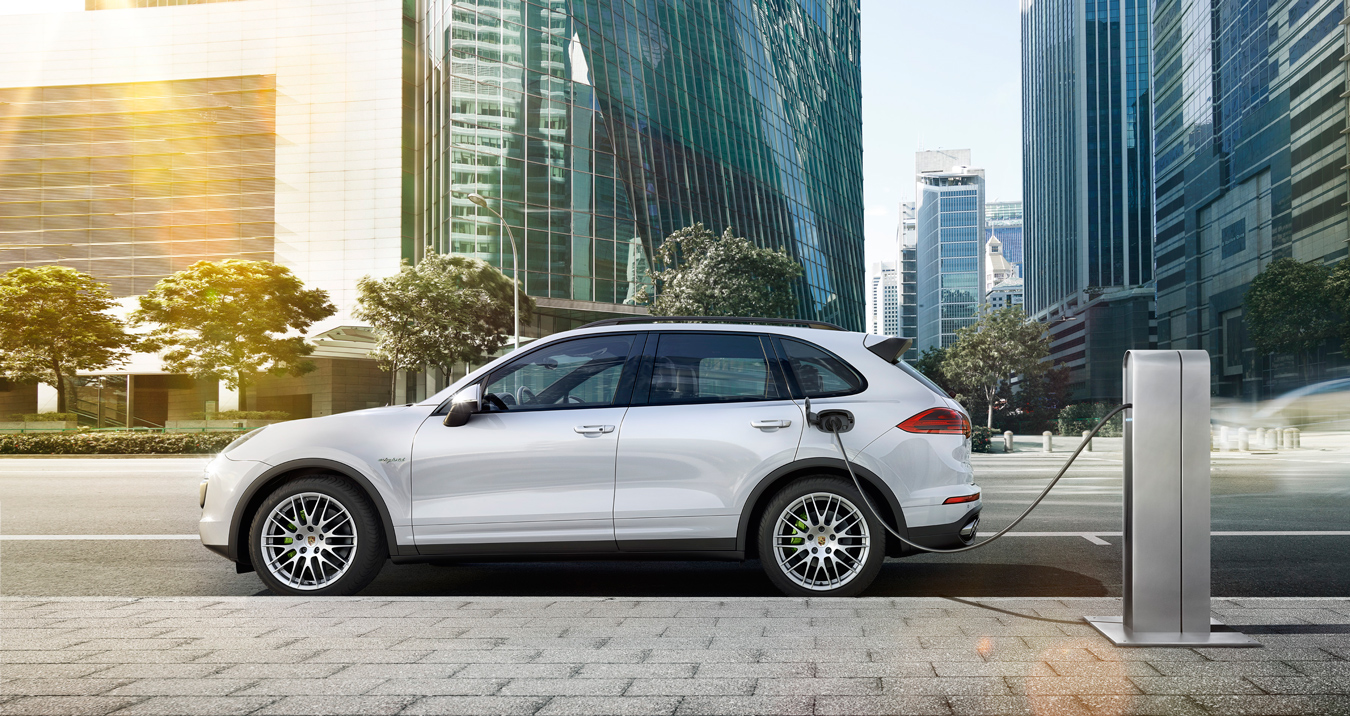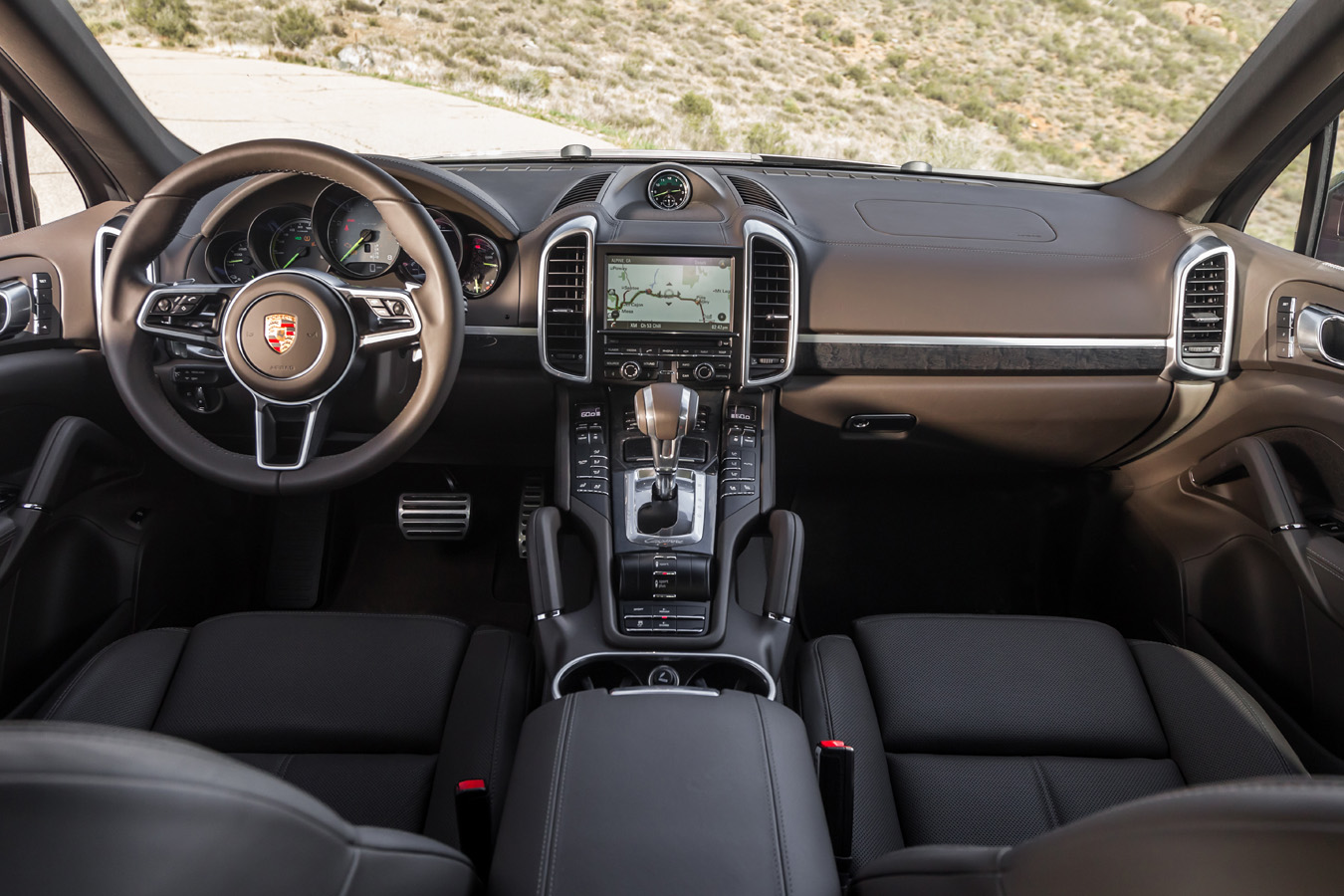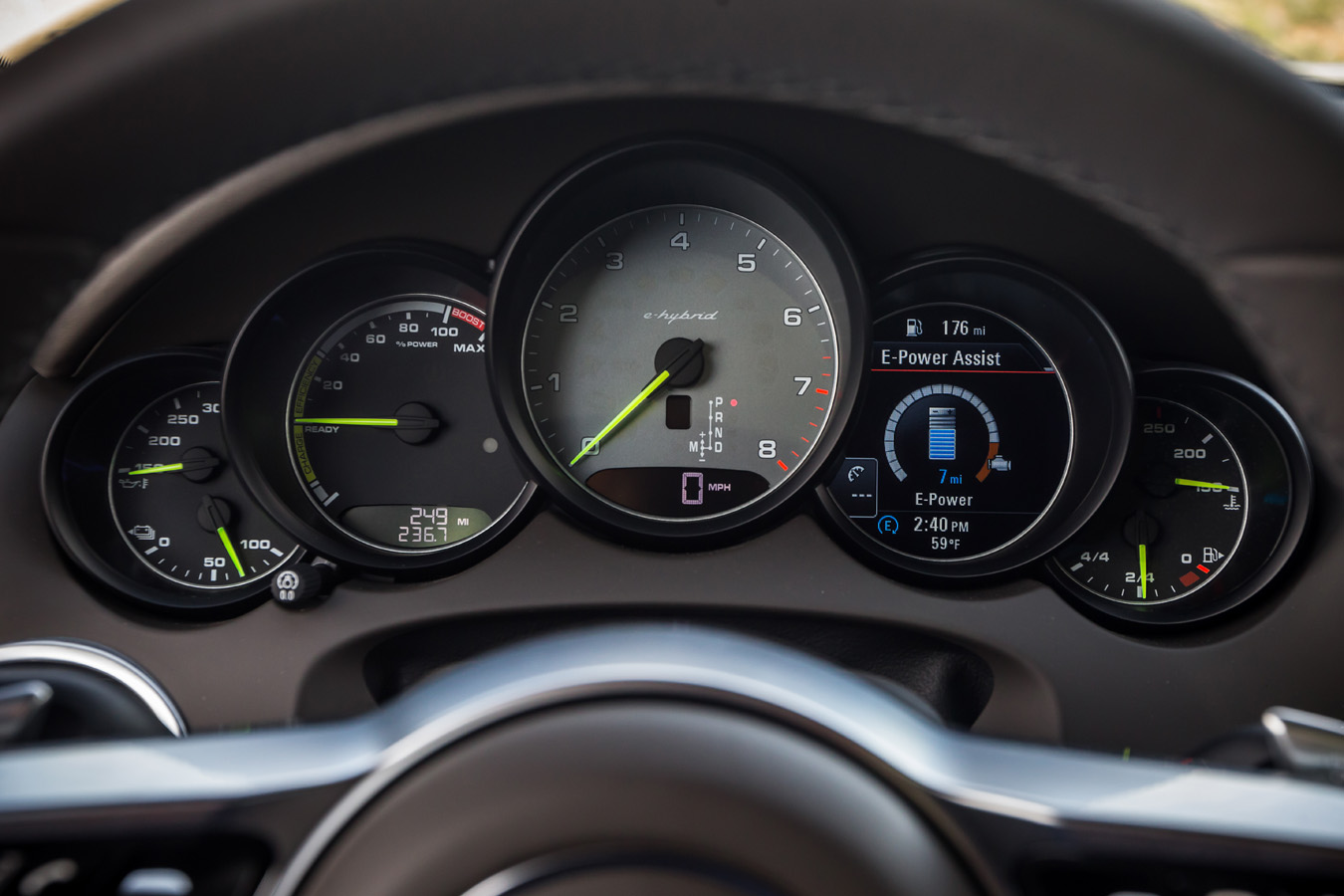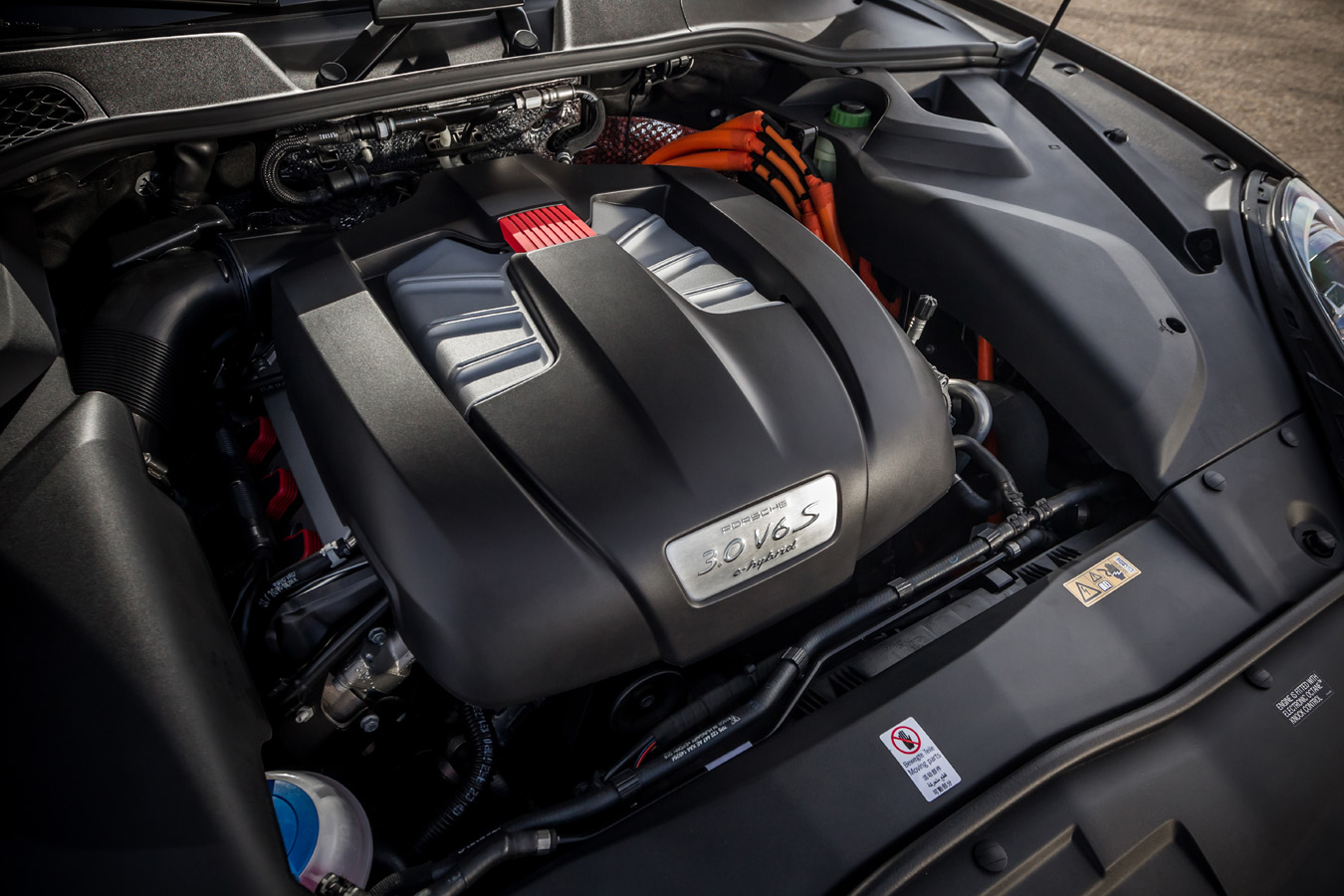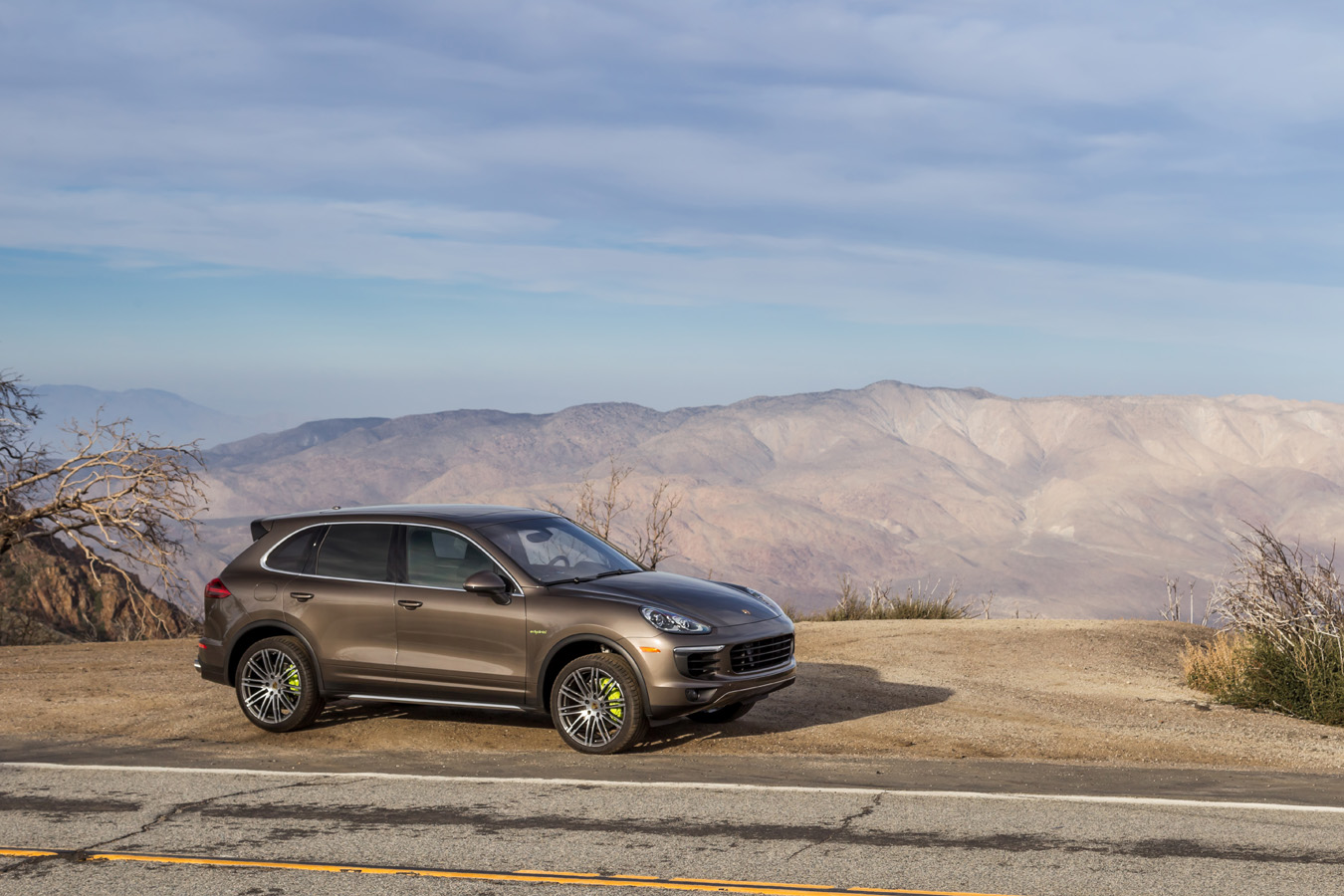To truly appreciate Porsche and where it is today, one has to understand its history. Porsche’s story began when a father passed on his passion for designing cars to his son. With a successful consulting and automotive development business, Ferdinand Porsche’s career saw him design the Volkswagen Beetle and German military vehicles.
Ferdinand also was the first to pioneer hybrid vehicles, presenting the Lohner-Porsche Semper Vivus in 1901. The vehicle achieved speeds of up to 35 kilometers per hour and won its category at the Exelberg Rally in 1902. Approximately 65 of these cars would be sold until production concluded, in 1905.
Ferdinand’s son, Ferry Porsche, followed in his father’s footsteps, but after World War II, Ferry wanted something different: “In the beginning, I looked around and could not find the car I’d been dreaming of: a small, lightweight sports car that uses energy efficiently. So I decided to build it myself.” Many years later, Ferry released Porsche’s first namesake car, the Porsche 356.
Fast forward almost 115 years later, and Porsche is arguably one of the most revered luxury sports car manufacturers in the world. And leave it to Porsche to introduce the world’s first premium plug-in hybrid SUV, the Porsche Cayenne S E-Hybrid (MY15).
Sitting outside of the W San Diego Hotel was a colorful mini army of the latest release Porsche Cayennes and Panameras. Taking the driver’s seat in a fully optioned Cayenne S E-Hybrid is immediately comfortable. The full glass panoramic roof system, which is available as an option, gave a sense of spaciousness, and the usual luxury amenities ensure a first-class experience.
With full morning sunlight and a GPS programmed for a lunch destination, the three-hour driving tour started in the city, on the electric motor. The cabin gave a quiet ride and the responsiveness was immediate both on pedal and brakes. Once on the freeway, the vehicle switched seamlessly to gas power; delight came in the form of watching the electric battery recharge itself after about 25 minutes of driving. Heading onto the Sunrise Highway, the Porsche’s agility and responsiveness were finally tested on the corkscrew turns.
Driving a sports car on the winding road of the Sunrise Highway Loop (CA S-1) just outside of San Diego is a pleasure, and an even greater joy when the vehicle underfoot is a Porsche. This is a sports car with a conscience. As expected, the luxury SUV drove like one expects of a Porsche. It’s a five-door sports car where the whole family, the dog, and the golf clubs can all fit.
After the undulating turns was a stop in the gold rush town of Julian, where its famous apple pies are displayed in the local baker’s windows, as in days past. A short drive down the road, the Porsche team waited at Wynola Pizza & Bistro. Calvin Kim, an energetic product experience manager for Porsche Cars North America, expertly talked through the mechanics of the hybrid Cayenne. “We have a fuel economy of 5.0 litres per 100 kilometres, an impressive improvement from the previous 8.2 litres per 100 kilometres,” he says. “C02 emissions are a mere 79 grams per kilometre, whereas the older model emitted 193 grams per kilometre.”
Southern California countryside is a perfect backdrop. Remaining indisputably synonymous with intelligent performance, the latest members of the Porsche family make no compromises. Kim explains what almost seemed like magic: “A specially-defined pressure point on the accelerator pedal signals the switch between all-electric mode to driving powered by the combustion engine. The combustion engine is fired up when necessary or when the accelerator is depressed beyond the pressure point. The electric motor provides an additional boost. In coasting mode, the combustion engine is decoupled and switched off, allowing the Cayenne S E-Hybrid to glide for some distance under its own momentum.”
Joining the hybrid Cayenne is the second generation Panamera S E-Hybrid, making a total of three production hybrids in Porsche’s line; that is, if you include the super car 918 Spyder, which has a starting price of $845,000 (U.S.).
In the end, like most luxury purchases, it comes down to raw desire. Hybrids may not be the obvious choice for a Porsche sports car enthusiast, but with all these remarkable advancements, the decision becomes easier.
Perhaps forethought long ago by Ferdinand Porsche, it won’t be long before we will likely enter a new age of driving and hybrid vehicles will dominate our roads. For now, Porsche is leading the premium hybrid pack.

